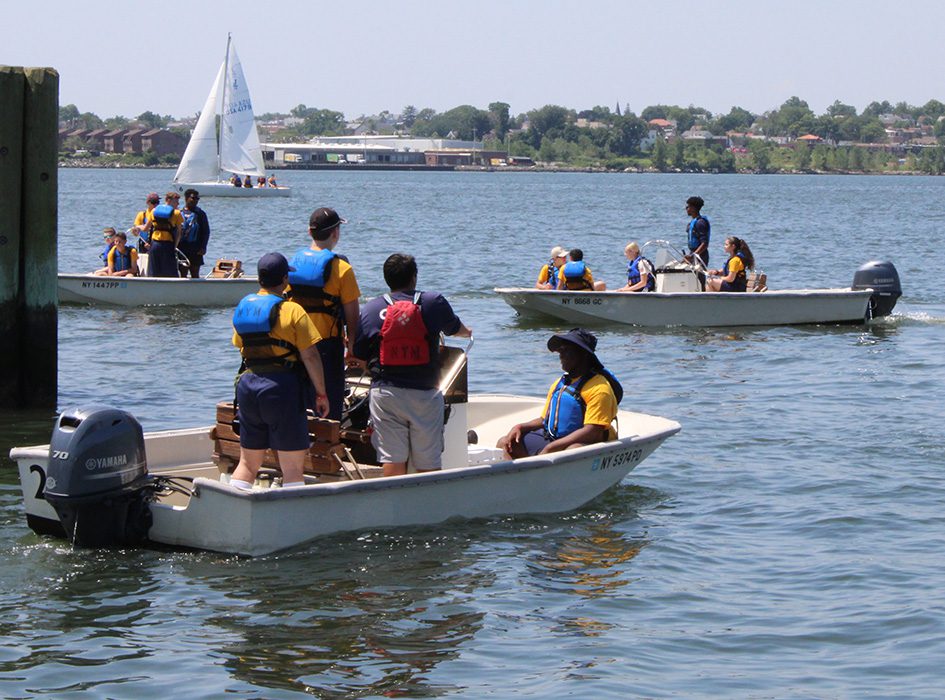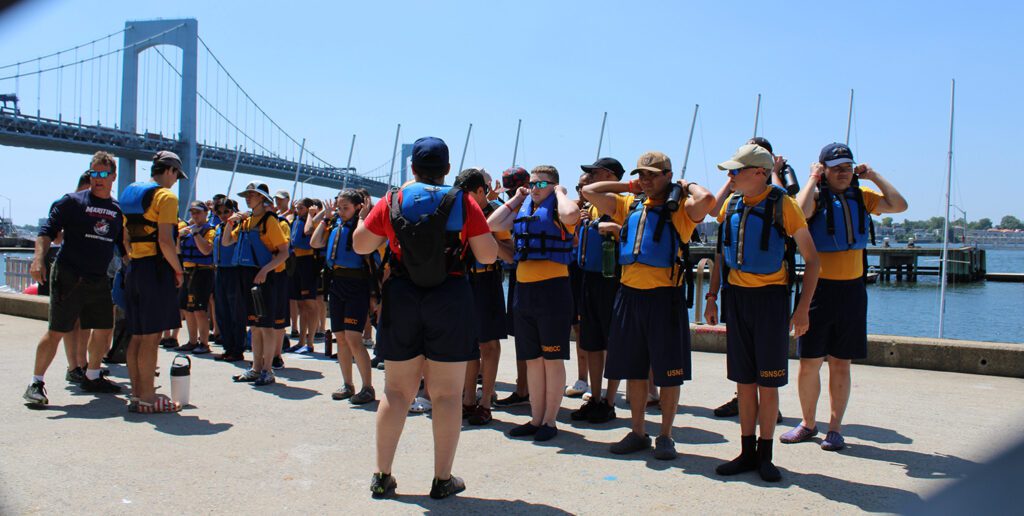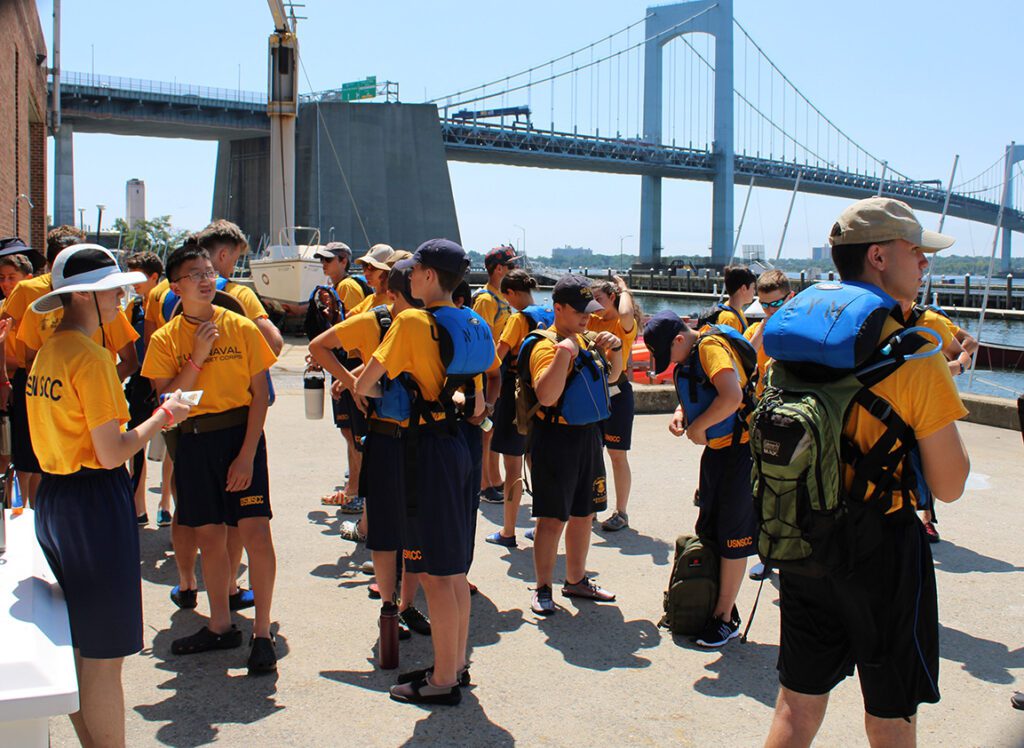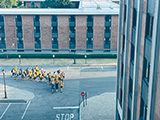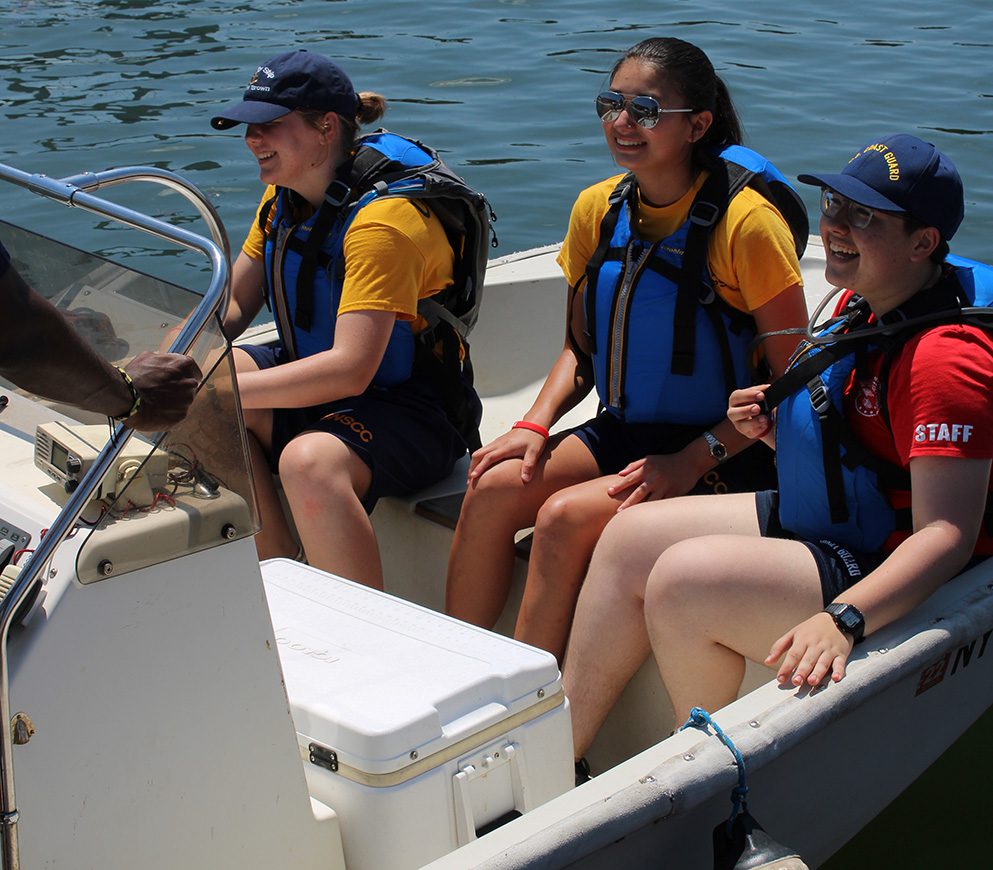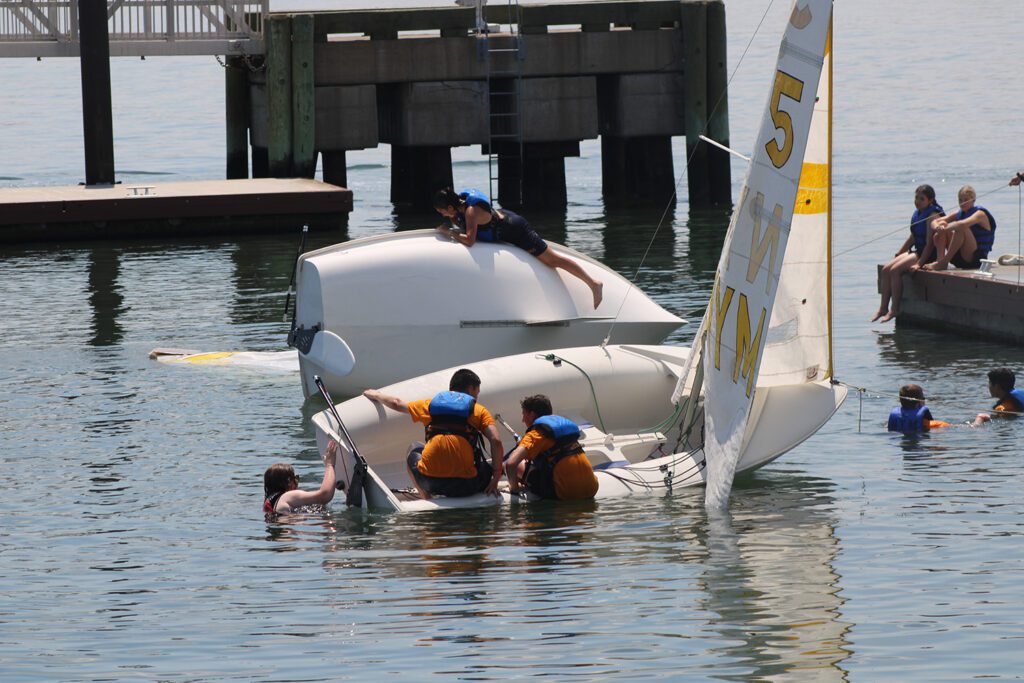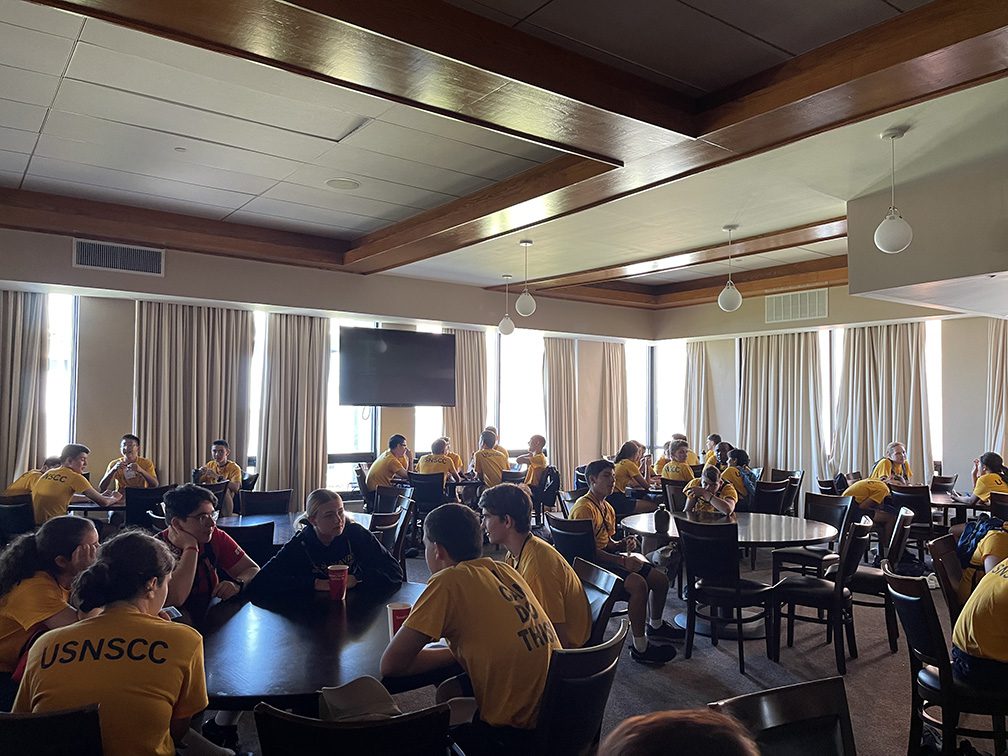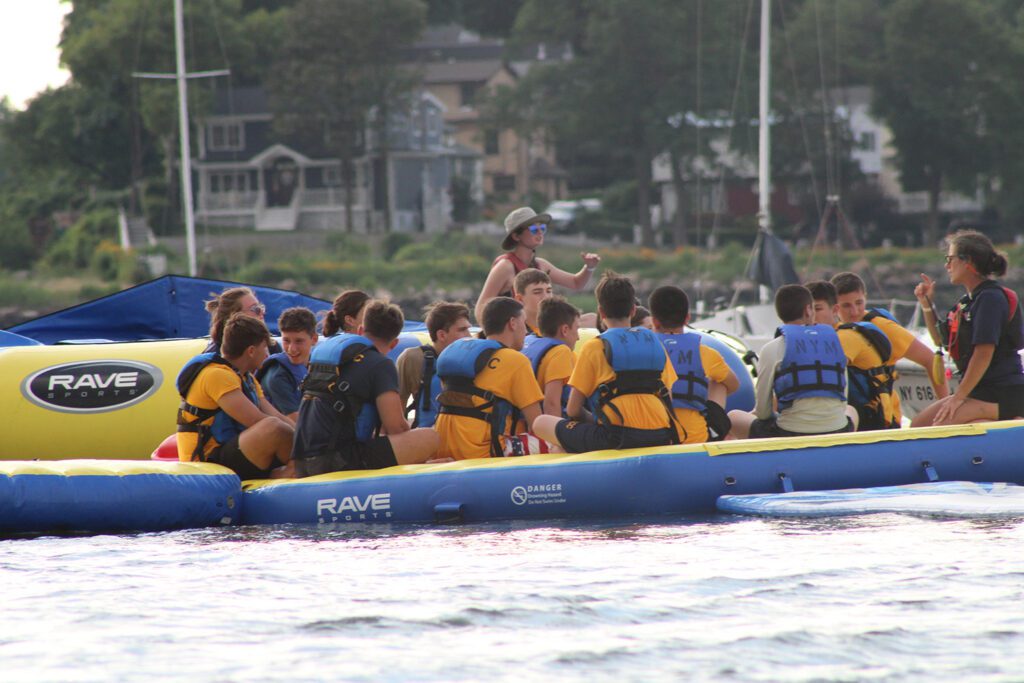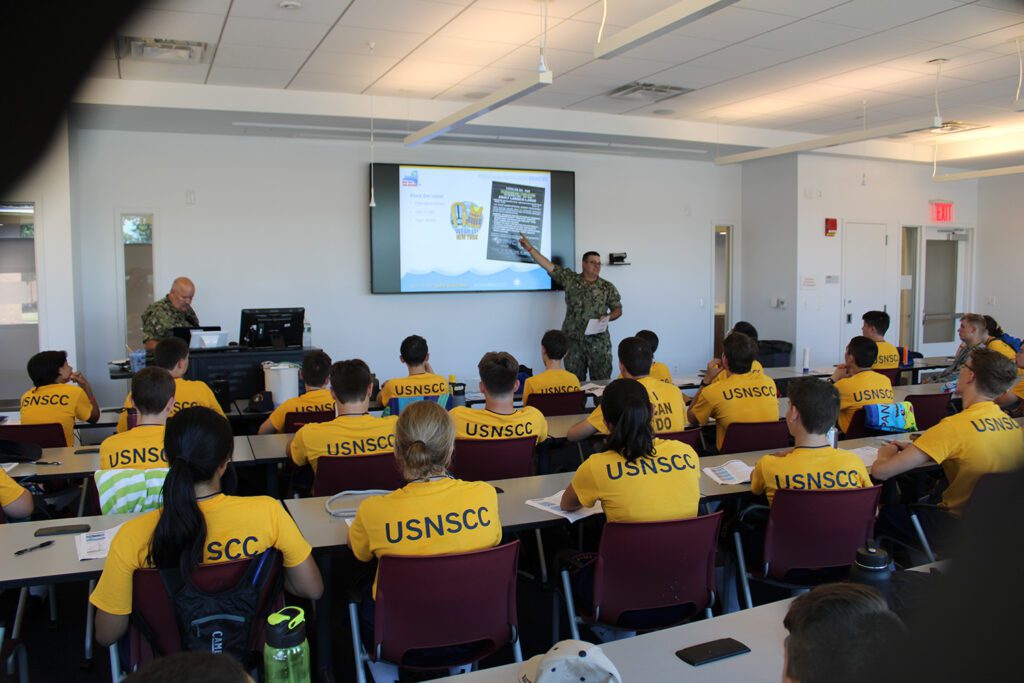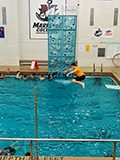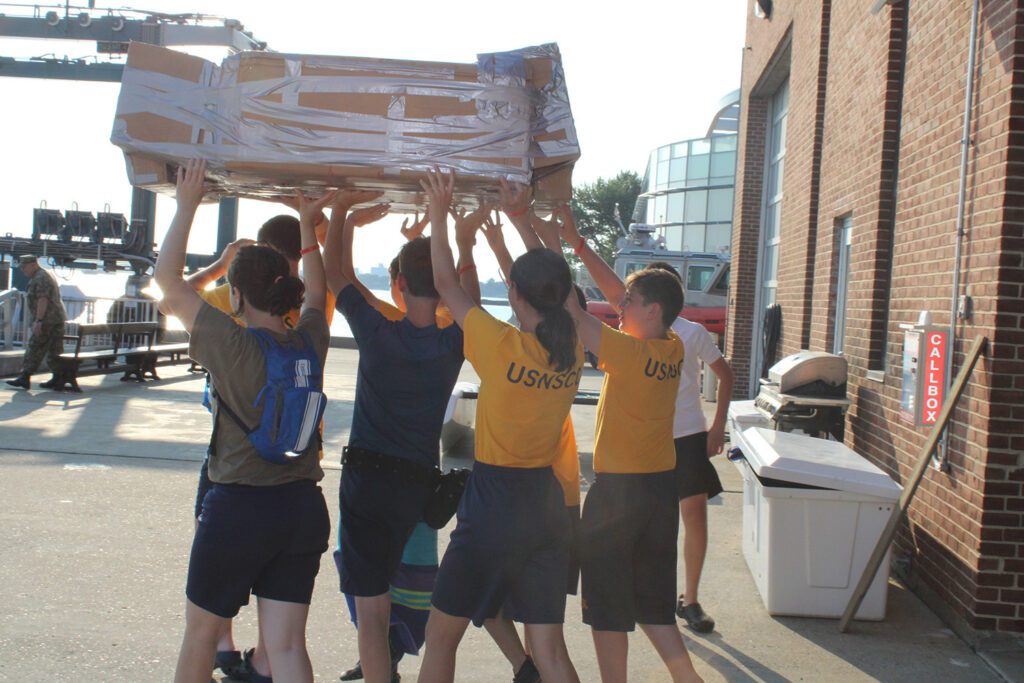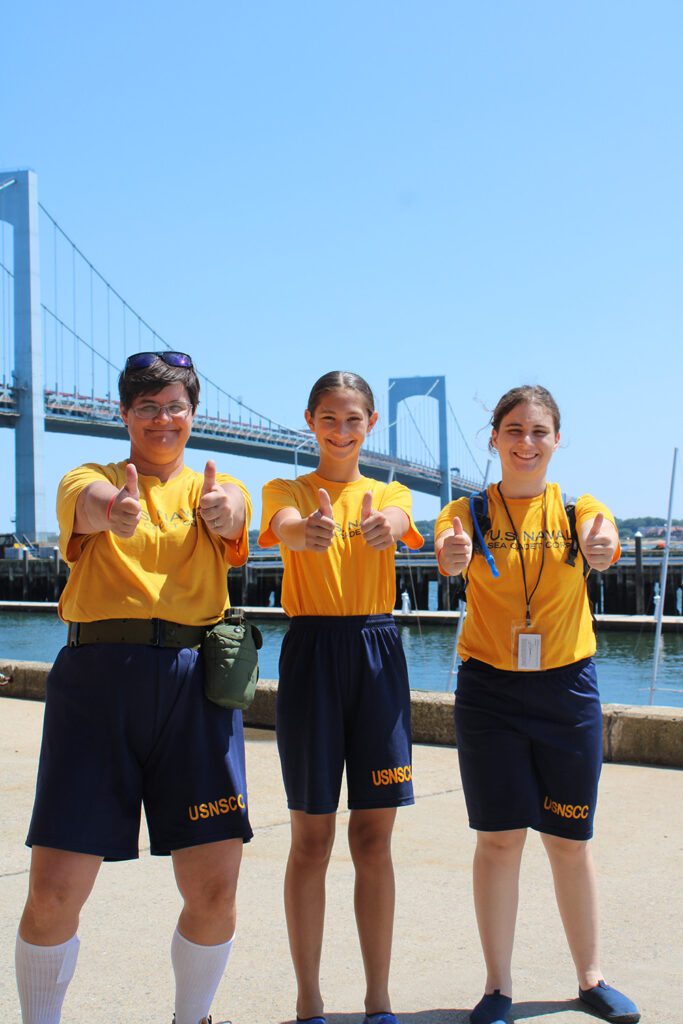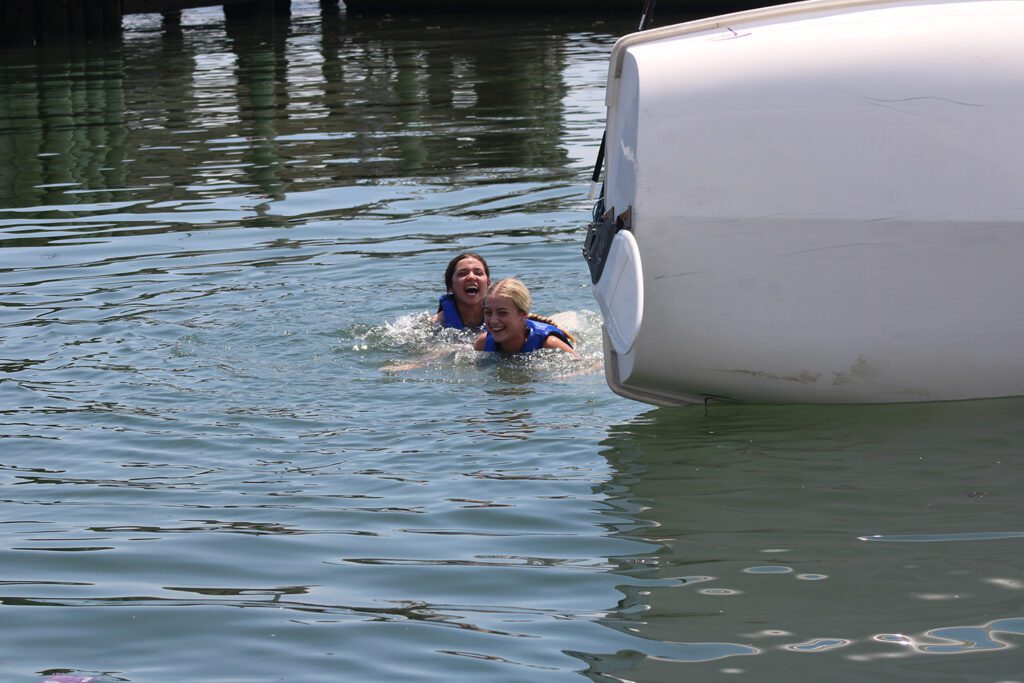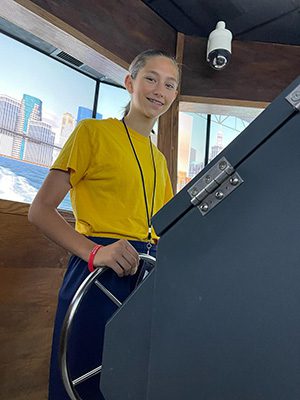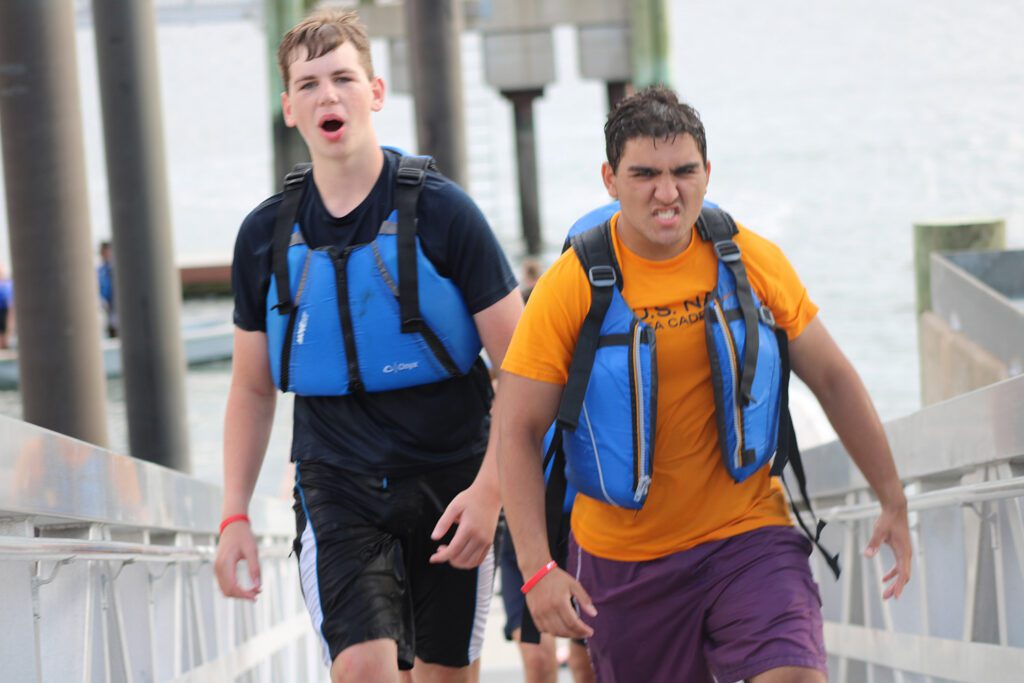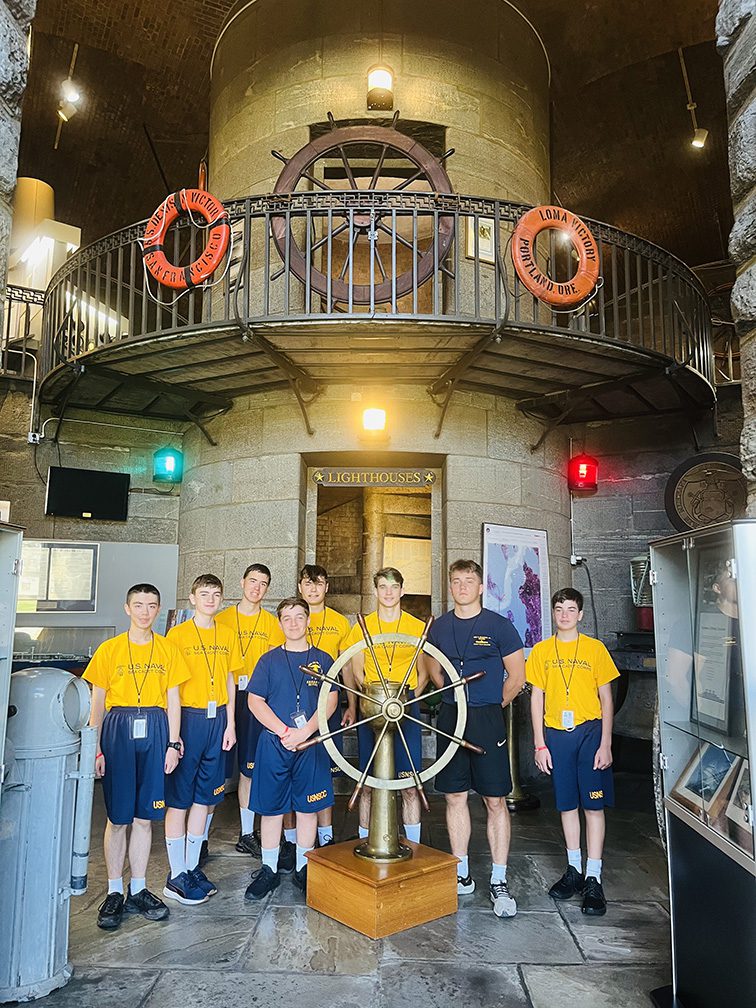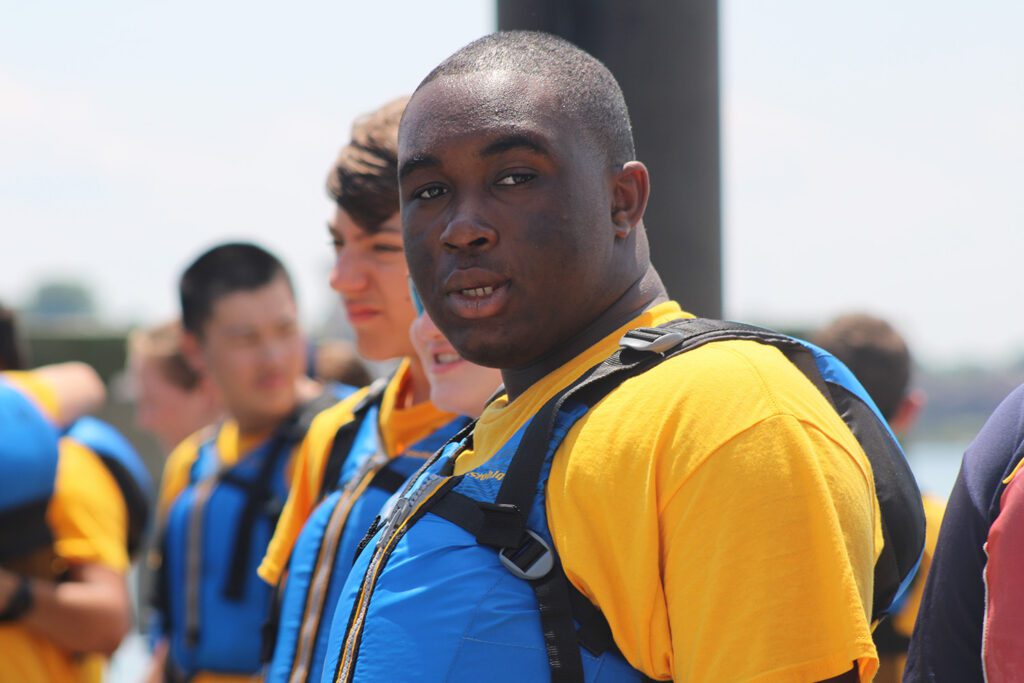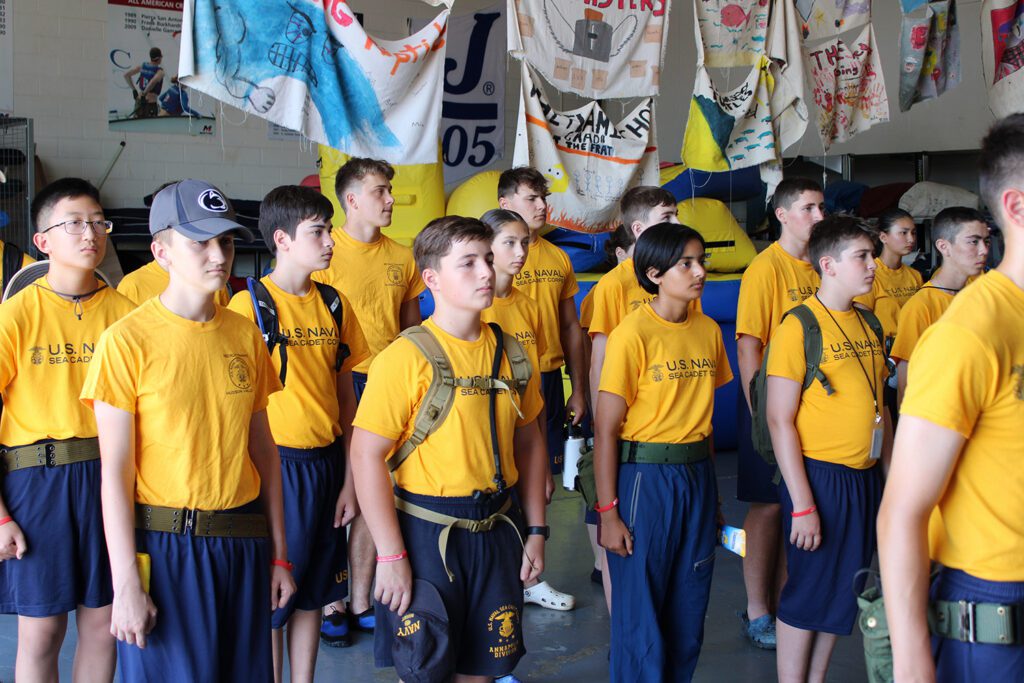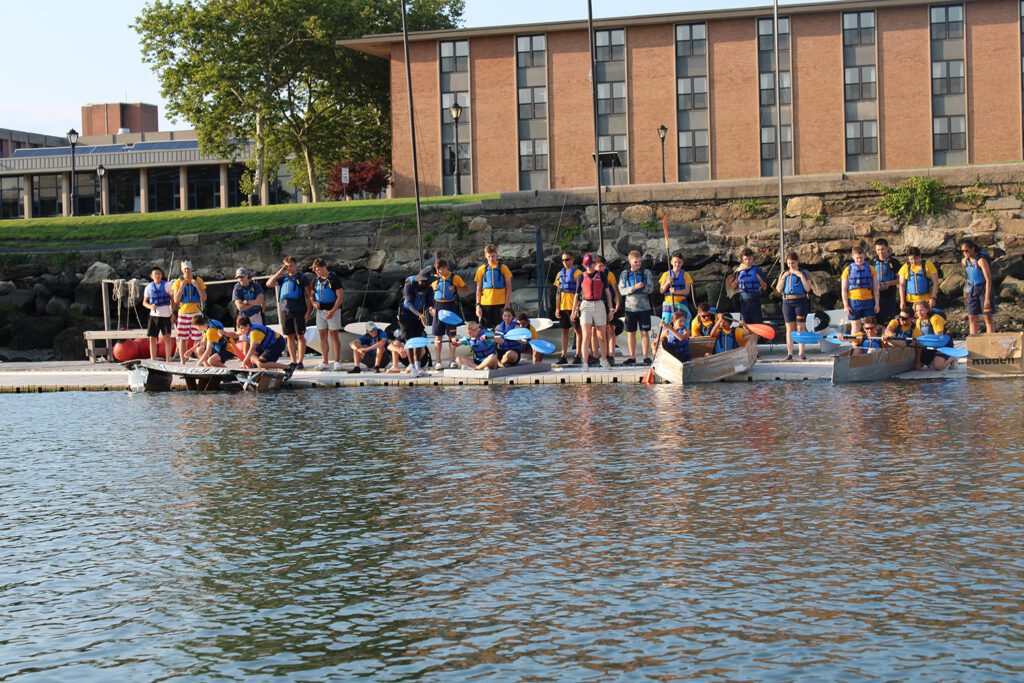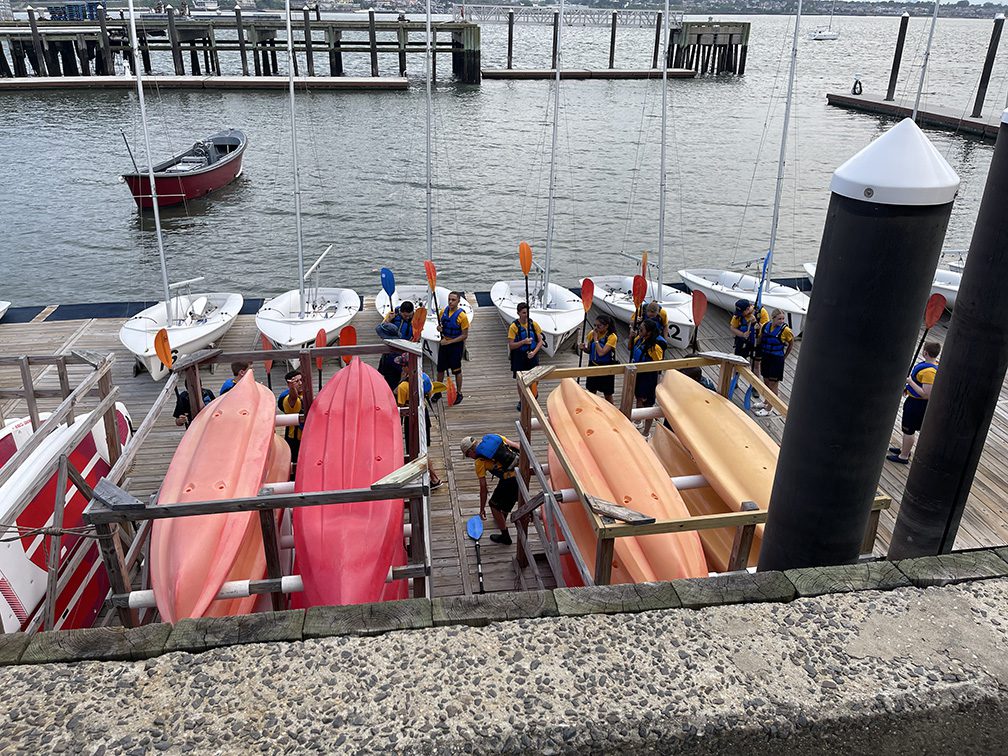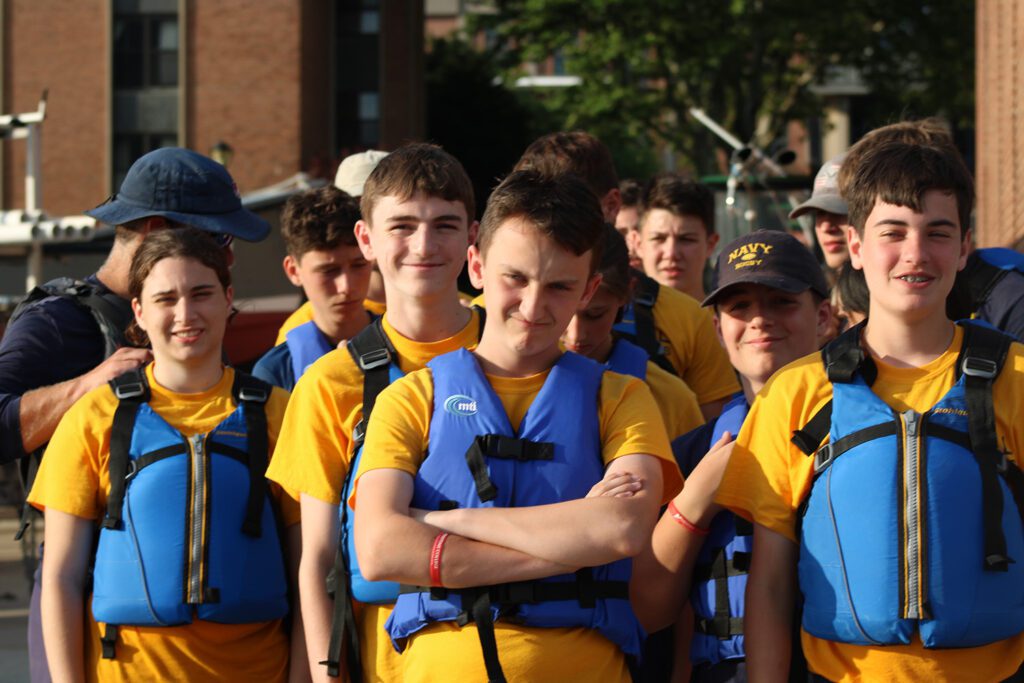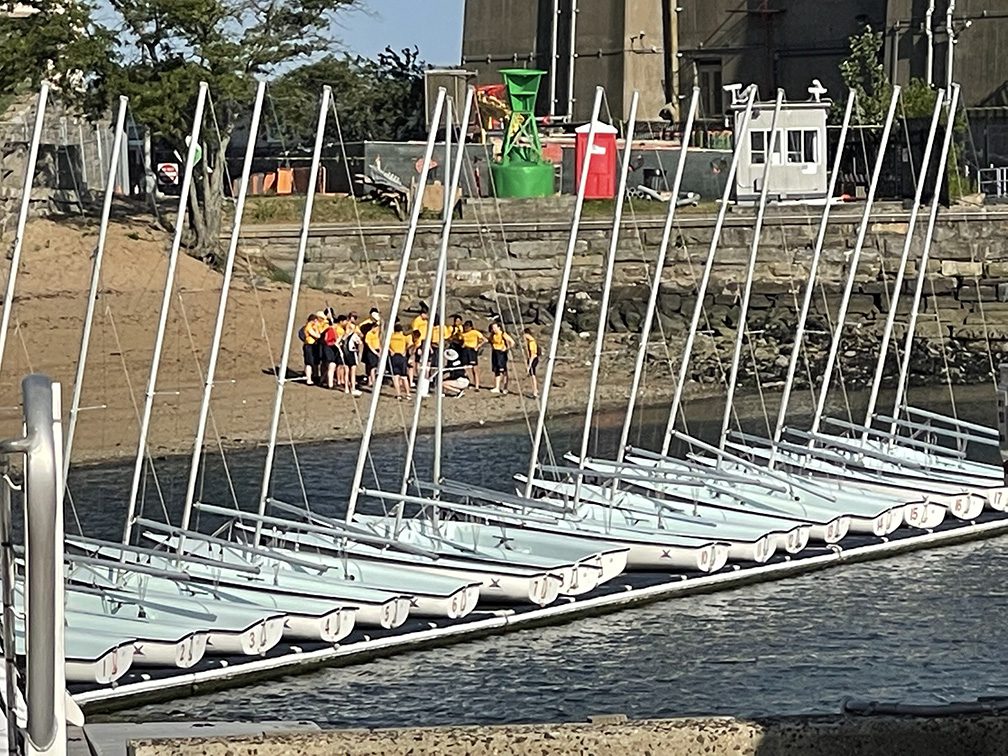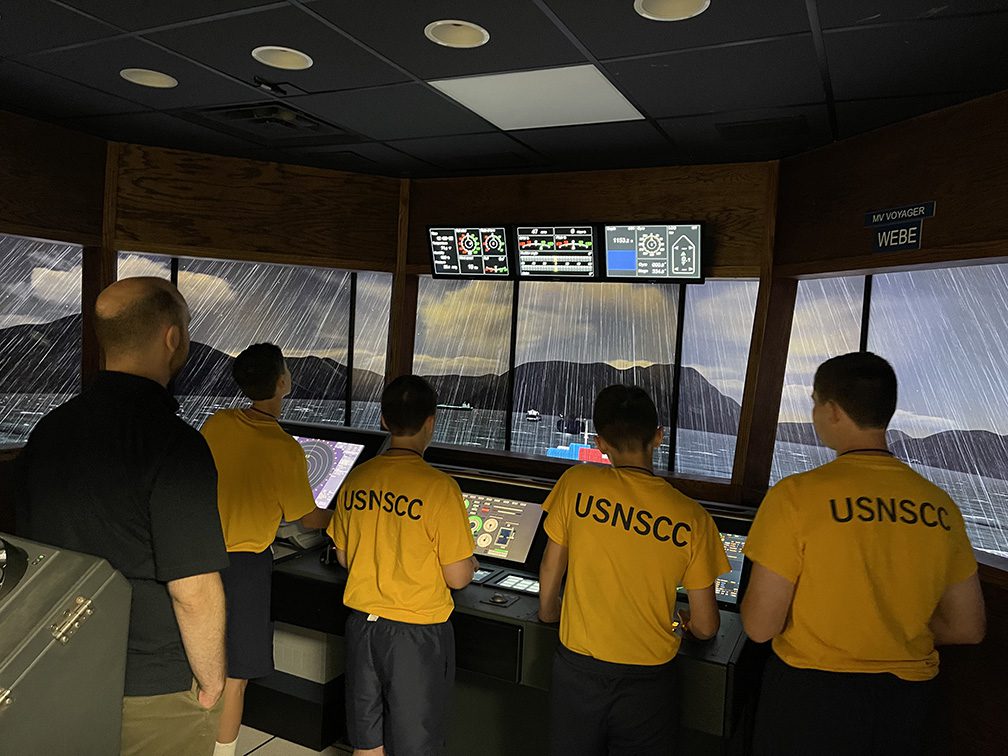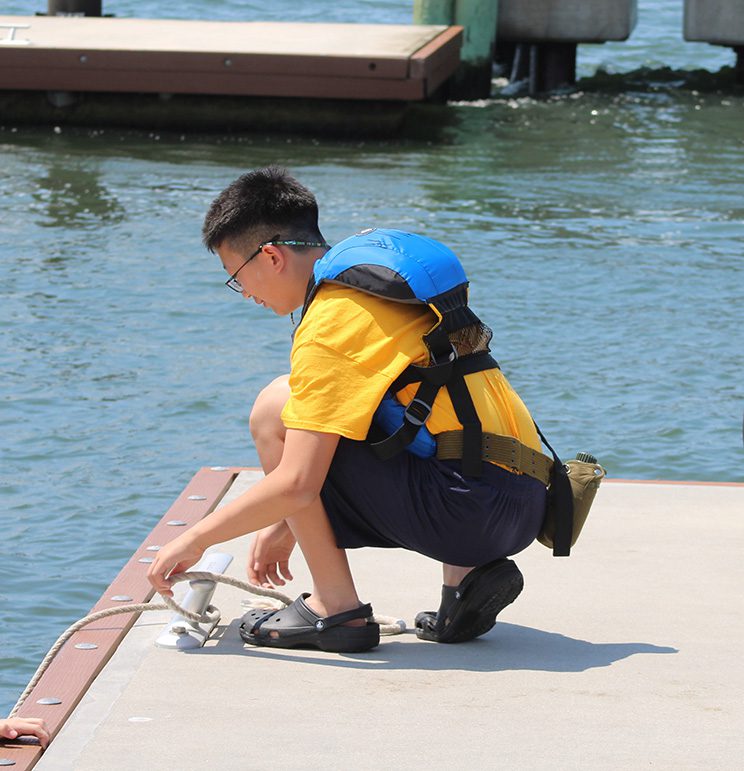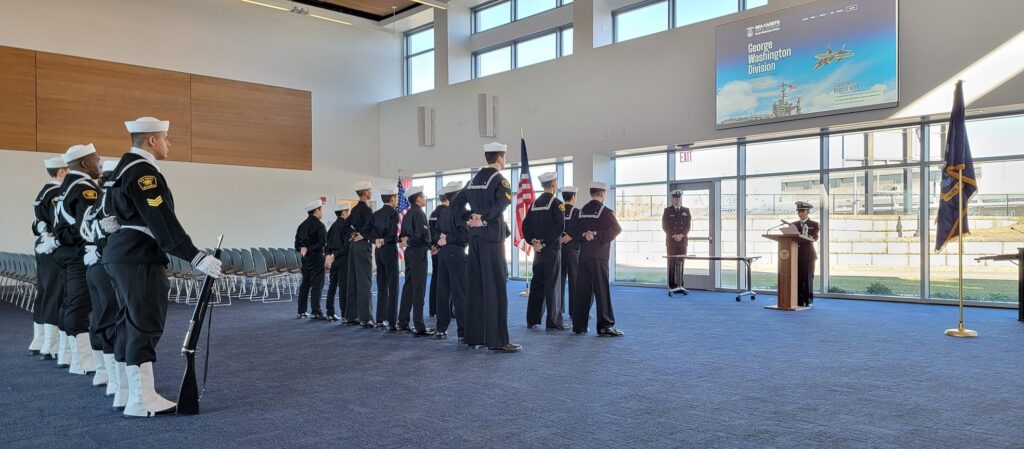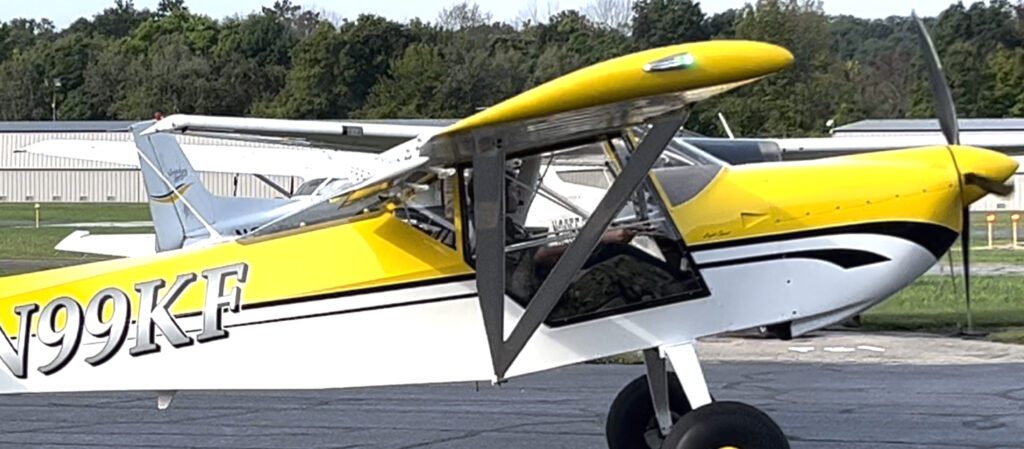
Sailing Advanced Training at SUNY Maritime
Earlier this year, the USNSCC shook hands on a solid partnership with the State University of New York Maritime College. SUNY Maritime not only lends its facilities to the local George Washington Division for monthly drills but is also the setting for national advanced training.


The Seamanship Advanced Training was led by highly skilled university-level instructors that mentored and empowered the cadets to operate several kinds of the Maritime College’s small boats.
Sea Cadets woke up to the typical daily routine with PT at 0600 overlooking the Manhattan skyline, then marched to chow at the university’s mess deck. From 0800 to 1800, cadets practiced a series of activities with keelboats, sailboats, dinghies, powerboats, and kayaks. It involved safety and sailing skills, navigation, chart readings, following buoys, moor and cleat, man-overboard training, and search and rescue exercises. One of the biggest challenges was “righting a 420,” which meant cadets had to cling to the centerboard of a 420 class sailing boat, then struggle to right the boat after intentionally capsizing it. At mid-day, the manicured peninsula under the Throggs Neck bridge, echoed military cadences from cadets marching to and from the mess deck and into Fort Schuyler where they learned how to navigate cargo ships at the $3M-ship simulator on campus. Daily afternoon classroom time prepared the cadets to test for their US Coast Guard Boater’s License, good in all 50 states! An unforgettable experience was the building-your-own-boat competition and racing in it, as well as powerboating to watch the air traffic jams at LaGuardia Airport as the planes took off and landed. Last, cadets learned the proper way to “abandon ship” by jumping off the 20ft diving board, learning how to survive a capsizing ship, crawling on the wet and slippery surfaces of the climbing wall at the pool, and using uniforms as life savers. As added fun, the college’s Olympic-size pool was available to the cadets for liberty time.
This training motivated cadets to move outside of their comfort zone and found success in areas they had never had opportunities to explore before.
